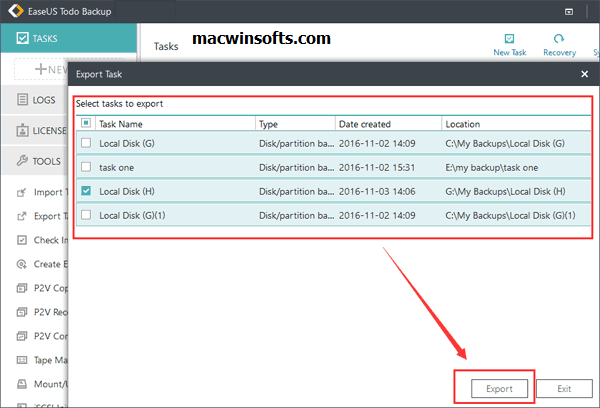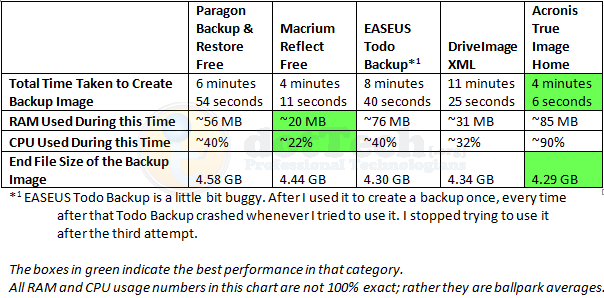

A new day then starts (midnight or whenever), and instead of an incremental image being created referencing the previous day's backups, a new full backup image is created (or differential if you set it that way. but only for the first backup action of the day. The explanation for this is that is essentially a way to "override" your "incremental" setting. Regarding the other option, "Appoint daily first backup as Full/Differential". unless you really know what you're doing. If they have many full backup images, then there is no need to keep the first backup image.įor example, they may create a full backup image every week.Ī few weeks later, there are multiple full backup images, then there is no need to keep the first one."Īs a general rule, however, it may be advisable to check this "Don't delete first image" by default.

"It is not 100% guaranteed that disaster will happen, because users can create many full backup images. I asked how such a design choice could be justified. your first (full) image gets deleted, leaving only differentials/incrementals, which are rendered useless after the deletion of the first image, as per the Reserve Strategy you have defined (automatic deletion of old images). I had a long online chat with a senior Ease US "sales engineer" yesterday, who gave me some interesting insights into these two options and the consequences of checking or not checking them.įor example, if you don't click "Don't delete the first image" it is in fact possible that all files involved in your entire backup plan become completely invalid! I could scarcely believe that the Ease US designers would allow such an outcome, so had to double-check with the engineer about this, but it is certainly the case: i.e. but from the time stamp ("last modified"), actually this doesn't appear so.Īny explanation, or link to a full and intricate explanation about such matters, in comprehensible English, would be great. Possibly the last full backup is being "mutated" by merging with later incrementals. it appears that a full backup is then done after you have edited a plan.

At the moment there seem always to be two full backups in that folder, but that may be to do with the fact that I keep editing the plan. Generally, with an incremental backup plan of the kind described in the last para, I just don't really get how the full backup/incremental backup business works. Again, say you're doing a daily incremental plan, but actually doing an incremental every 10 minutes, and you've set it to only preserve 5 backups maximum, does this mean that, with this ticked, the very first image/snapshot that you create just after midnight will be preserved for the whole of the next 24 hours? Whereas unticked means that in fact your oldest snapshot will be one of how the files were 50 minutes previously? Secondly, under Image Reserve Strategy, the option "Don't delete the first image". What does it mean if you untick it? What does it mean if you tick it? This option appears active (not greyed-out), whether you are doing one daily backup per day or multiple incrementals (for example, every 10 minutes). I don't understand what this is about or what it means to tick it or not tick it.

but I'm still rather puzzled by two options and would really like to find quite a detailed account of the difference between ticking them and not ticking them.įirstly, for a given backup, into schedule options, "Appoint daily first backup as Full" (or it can be "Differential"). I've been experimenting with Ease US for about a day and I've also looked at what documentation I can find. I've recently had one or two near-disasters with W10 files and in Linux have come the value the peace of mind you get from a well-configured Backintime setup. I've just come across Ease US Todo Backup (free) and it seems like a godsend.


 0 kommentar(er)
0 kommentar(er)
